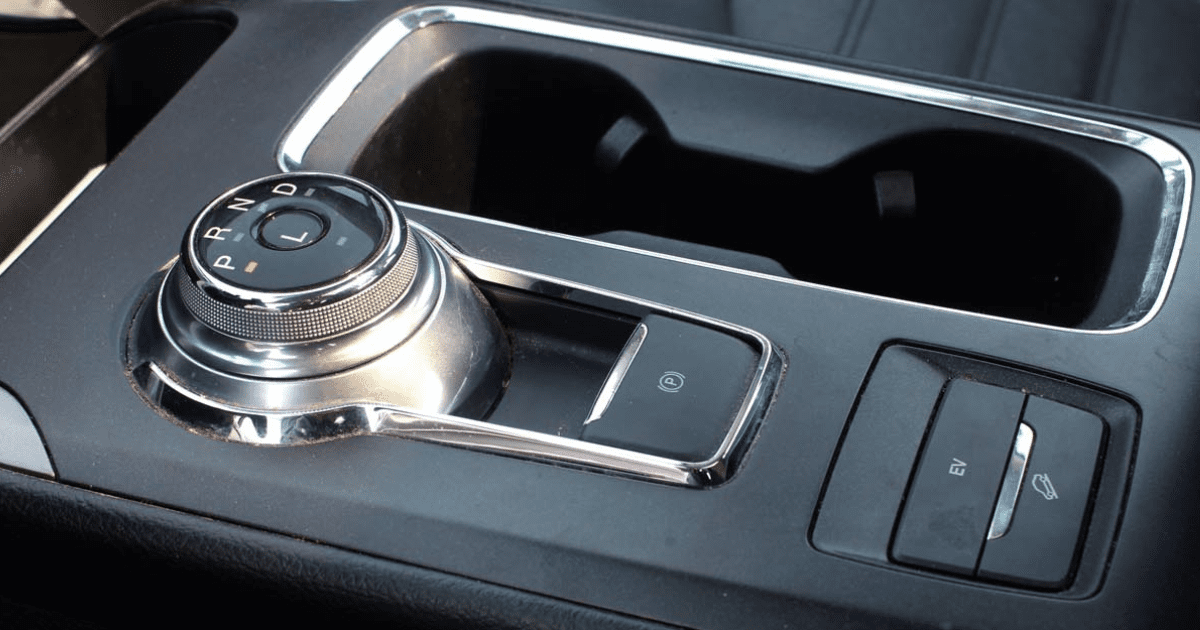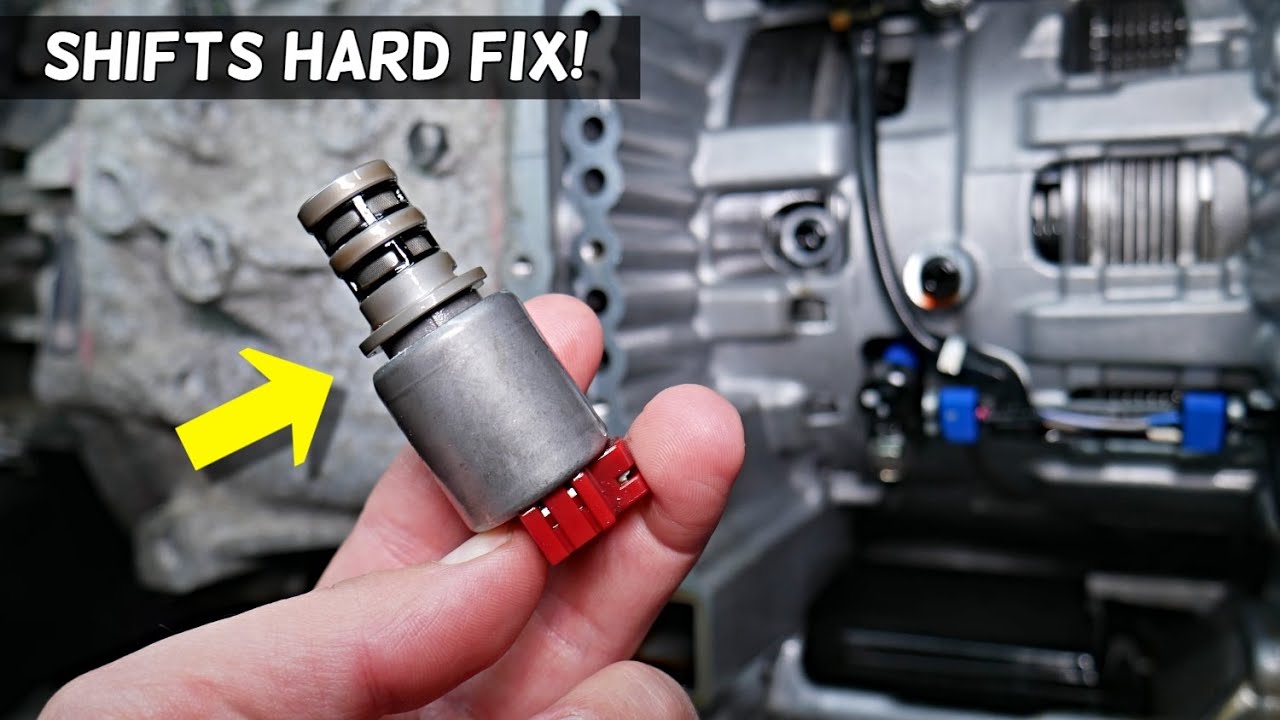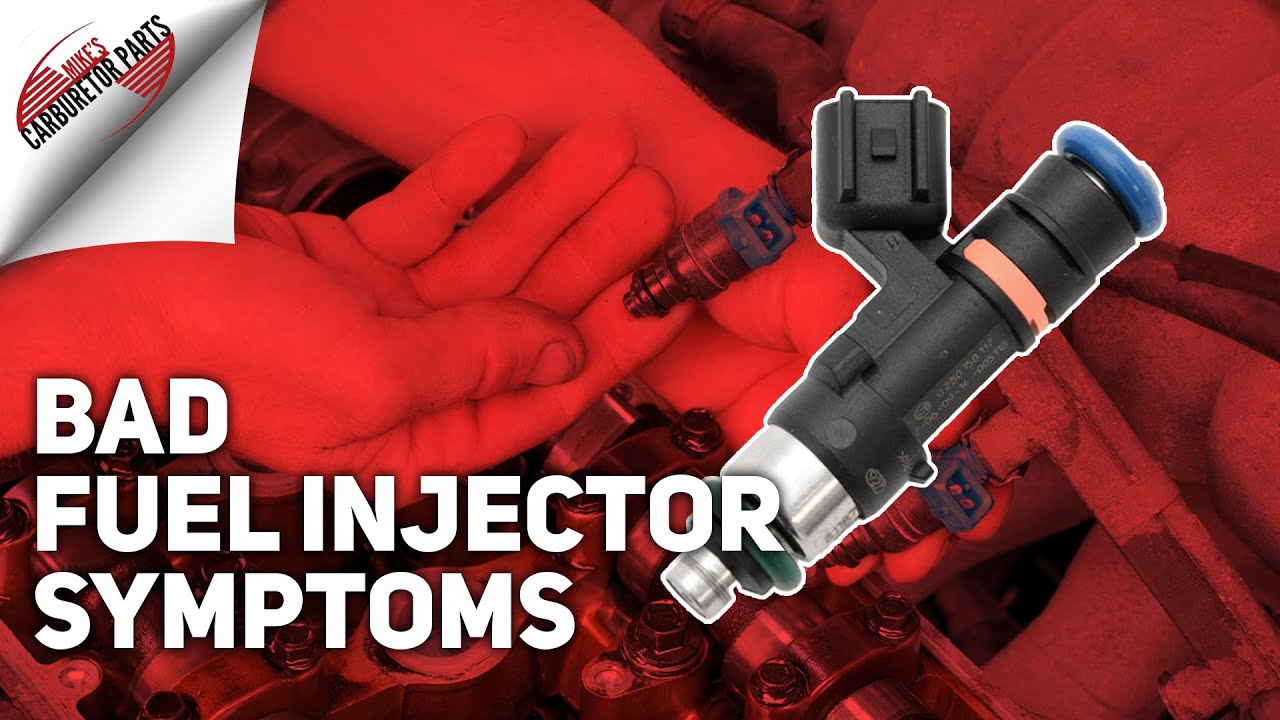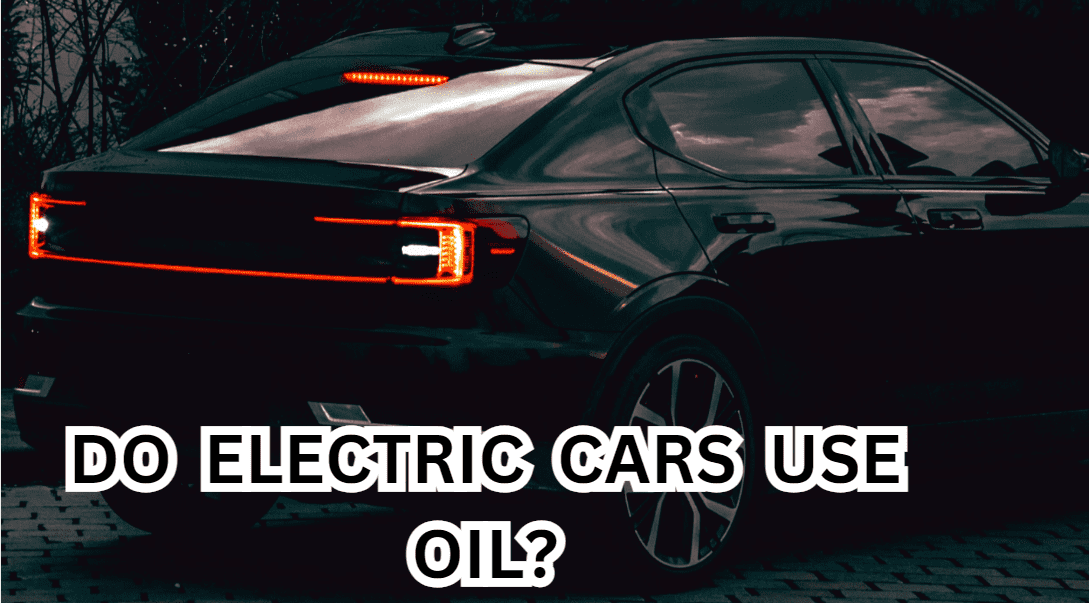Electric vehicles may seem foreign to someone who is accustomed to driving cars with manual transmissions. Aside from lacking a gear changer, the majority of it features a single-speed gear.
The electric vehicle transmission system
A definition of a transmission is in order before we go into the meat of this section. A mechanical device that transfers one or more torques or powers is called a transmission. Thus, in this mechanical-engineering sense, every vehicle has a gearbox.
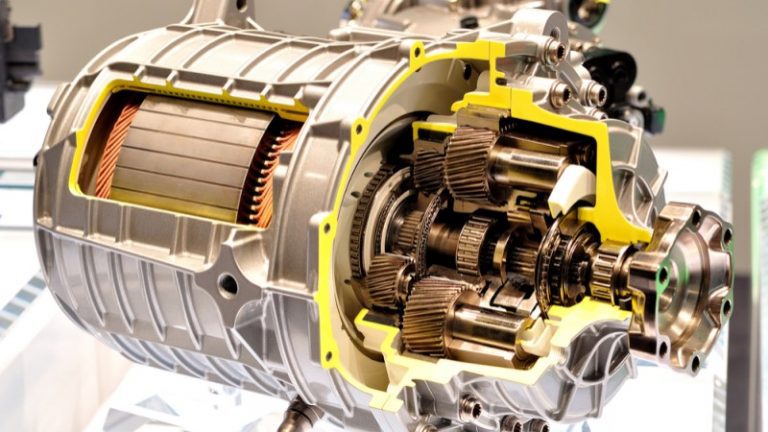
Electric vehicles are easily recognizable by their rapid, silent, and silky acceleration. This is due to the fact that the means of propulsion in EVs differ from those in ICE vehicles.
An ICE car’s fuel source is the primary differentiator from an electric vehicle. When you press down on the accelerator pedal of an electric vehicle, the power from the battery is transmitted to the electric motor, causing it to spin at high speeds.
A common feature of electric vehicles is a gearbox that houses a single alternating current (AC) motor.
The gearbox of an electric vehicle is more properly referred to as a single-speed gear reduction unit, since all of the gears are linked and rotate simultaneously, in contrast to internal combustion engine transmissions that contain numerous gear sets that rotate at different intervals.
A more manageable rotational speed (RPM) for the motor is achieved through the use of the single-speed gear reduction unit, which in turn drives the wheels at a ratio of about 10 to 1. The lack of a clutch, the inability to engage and disengage the clutch, and the inability to switch between gear ranges based on speed are all major drawbacks.
Electric vehicles are capable of having AC motors spin at 18,000 RPM or higher. (The “beast” 2021 Tesla S plaid model’s AC motor spins at 23,308 RPM, so it’s little surprise it can reach speeds of up to 200 mph.) This allows EVs to produce sufficient torque when traveling at high speeds, with a desired “sweet spot” between 30 and 40 miles per hour.
Acceleration is seamless because rotational forces go straight from the gearbox to the wheels at any given moment; changing gears has nothing to do with this.
The friction, or wear and tear, caused by engaging and disengaging clutches is eliminated when there are only two gear sets.
In comparison to gas-powered vehicles, which only convert 12–30% of the power in the tank into usable motion, electric vehicles efficiently transfer 77% of the electrical current on the battery into usable motion. Furthermore, a significant amount of the fuel is lost as heat.
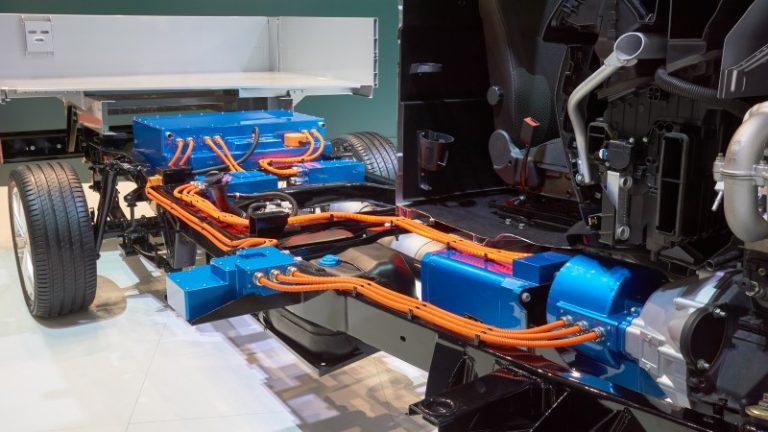
The efficiency with which electric car motors transmit power to the wheels has been regulated by manufacturers at 89% to 96%, in contrast to the 14% to 26% efficiency with which ICE vehicles deliver power to the wheels.
Electric car transmissions are classified by experts into four types: automatic transmission (AT), manual transmission (AMT), continuously variable transmission (CVT), and dual clutch transmission (DCT/DHT).
How many gears does an electric car have?
Electric vehicles, as mentioned earlier, do not have gears and also do not have clutches. Unlike their gasoline and diesel-powered counterparts, electric vehicles do not come equipped with multiple-speed gearboxes. They generate more revolutions per minute (RPM) than conventional internal combustion engine (ICE) cars, thus they require a gear reduction unit (or single-speed gear) instead.
Here, we can examine this. In contrast to electric vehicles, internal combustion engine vehicles can reach speeds of up to 18,000 miles per hour.
Internal combustion engines have a limited range of gears or engine speeds where the torque is utilized to accelerate the vehicle. Maintaining the necessary torque and power is essential for internal combustion engine (ICE) vehicles to accelerate.
The driver is able to efficiently accelerate or decelerate without sacrificing the required torque thanks to the transmission gears, which keep the energy at an appropriate level. A driver can only maintain a modest speed in first gear before the RPM becomes too high, at which point second gear is required.
To the contrary, electric vehicles produce zero torque above 1,000 RPM and all torque occurs at very low speeds. It is recommended to keep the RPM low, approximately 2,000, because torque declines with increasing RPM.
The fact that electric automobiles can’t have more than one gear is irrelevant. But you can get by without them if you want more power and torque from your vehicle.
Conclusion
When it comes to affordability, user-friendliness, quick acceleration, and reduced emissions, electric vehicles are head and shoulders above the competition.
Who needs to ask, “How many gears does an electric car have?” because that question is answered in this article. Just to review, electric vehicles often have a single-speed transmission. This makes them more affordable and reduces the likelihood of long-term component damage.
It is our expectation that manufacturers of electric car transmissions will begin producing multi-speed gears for EVs such as Tesla and Porches, replacing single-speed gears. Consequently, electric vehicles can improve both fuel economy and the quality of the driving experience.
